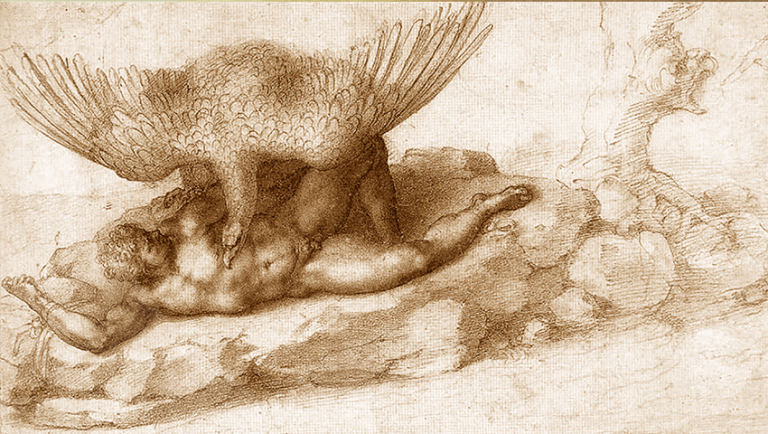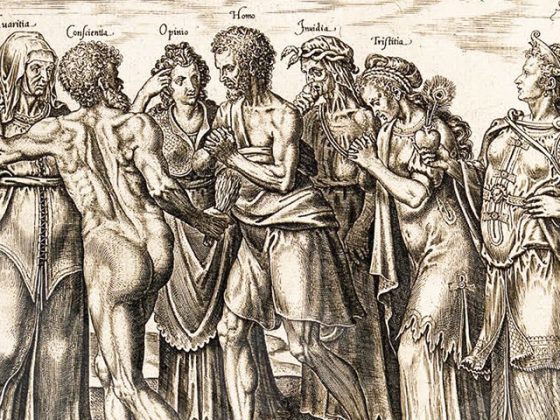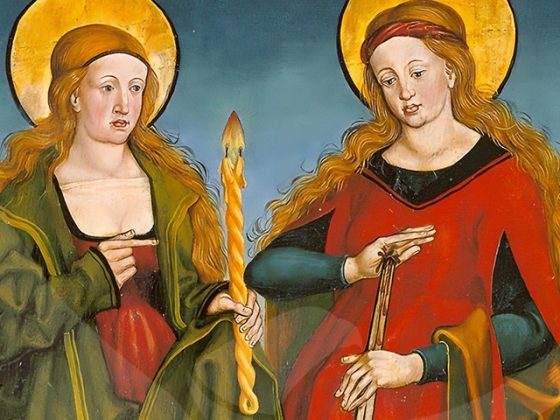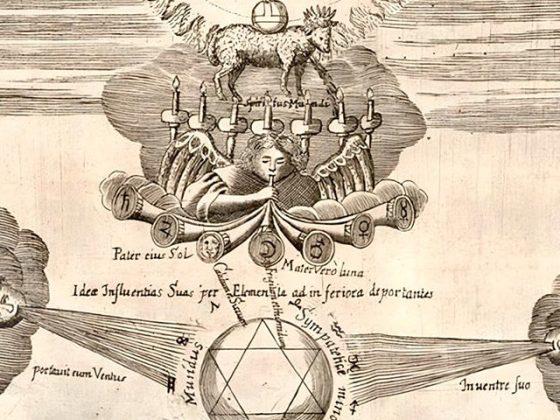Beloved readers:
I would now like to send you some images or sketches made in his time by the great sculptor, painter and poet MIGUEL ÁNGEL BUONARROTI. These sketches speak of mythological stories that I consider important to make known to you in their esoteric sense.
Let us begin, then, by commenting on the story of Tityus and for this let us first observe some mythological considerations, let's see:
Tityos or Tityus ─from the Greek Τιτυός─ is a giant in Greek mythology, son of Zeus and Elara ─a mortal─.
In Greek mythology, Titius, Ticyon, Titum, Titus or Titios was a minor character of unbridled lust… The crime for which Titius was eternally punished was the attempted rape of Leto ─mother of Apollo and Artemis─ or, according to other versions, of Artemis.
Being immortal, he was thrown into the Tartarus seriously injured —in other sources, he was bound on the ground on a rock— where two vultures or snakes —in other sources two eagles—ate his liver eternally…
This narrative is found in The Odyssey, in which it is said that Odysseus saw Titius in the Tartarus:
“And I also saw Titius, the son of Earth, lying on the ground: two vultures gnawed at his liver without him being able to defend himself.”
The name Tityos is probably derived from the word phthisis, meaning ‘one who suffers retribution'. Alternatively, it could be connected to the Tityroi, the satyrs of the Boiotian tradition —old Greece— who play flutes.”
Having made these mythological clarifications, we have to say that this myth is intimately related to the unchained Lucifer, that is, without the control of the Being. Prometheus suffered the same punishment precisely for becoming obsessed with the ─sexual─ fire, which earned him the punishment of the solar dynasties. It is written: everything that is not under the control of the BEING sooner or later loses its balance and falls by its own works that go against the Father. This is why we see him on a rock ─symbol of sex─ while the eagles corrode his entrails.
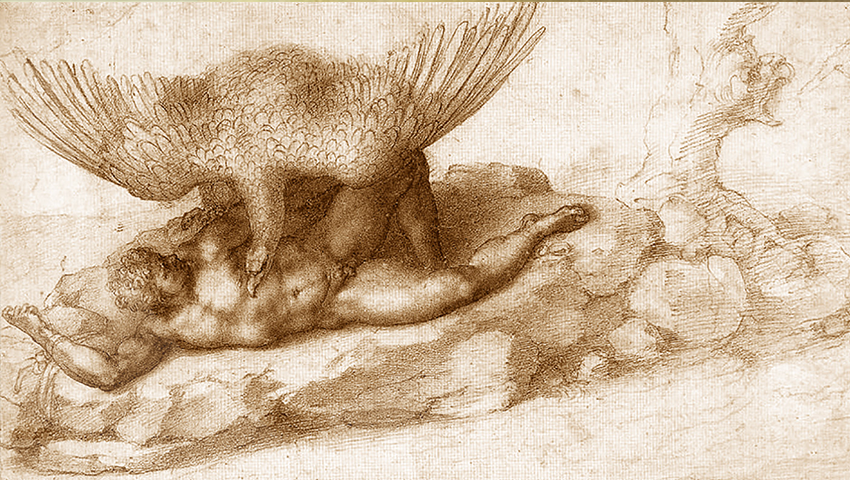
Now let us talk about another mythological titan named Phaethon.
Phaethon or Phaethon ─in ancient Greek, Φαέθων / Phaéthôn: ‘bright', ‘radiant'─.
According to some mythical considerations we are told:
“Phaethone, ─Phaethon─, son of the Sun, had been raised by his mother in ignorance of who his father was, but it was revealed to him when the child reached adolescence. Then the adolescent claimed a sign of his birth; he begged his father, the Sun, to let him drive his chariot. After much hesitation, the Sun agreed, but not without making a thousand recommendations. Phaethon departed, beginning to drive along the path traced in the celestial vault, but soon a great terror seized him because of the height in which he was. The sight of the animals—representing the signs of the zodiac—frightened him, and he abandoned the path that had been traced for him. He descended too low and almost set the Earth on fire; he then climbed up again, this time too high, for which the stars complained to Zeus, and he, so as to avoid a universal conflagration, fulminated him, precipitating him into the river Eridanus. His sisters, the Heliades, gathered his body, paid him funeral honors, and mourned him in such a way that they were transformed into Poplars.”
Another version tells us:
“Phaethon boasted to his friends that his father was the Sun-God, and they were reluctant to believe it. One of them, Epaphus, claimed to be the son of Zeus to compete with him, which angered Phaethon, who ended up turning to his father, Helios, who swore by the river Styx to give him whatever he asked. Phaethon wanted to drive his chariot –the Sun– one day. Although Helios tried to dissuade him, Phaethon remained adamant. When the day came, Phaethon panicked and lost control of the white horses pulling the chariot. First it turned too high, so that the Earth cooled. Then it went down too low, and the vegetation dried up and burned. Phaethon accidentally turned most of Africa into a desert, burning the skin of Ethiopians to black. Finally, Zeus was forced to intervene by striking the runaway chariot with lightning to stop it, and Phaethon drowned in the river Eridanus –one of the five rivers that crossed Hades–. His friend Cicno saddened so much that the Gods turned him into a swan. His sisters, the Heliades, were also grieved and were transformed into alder trees or poplars, according to Ovid, their tears turning amber.”
What is all this?
Here we are being told the story of the Bodhisattvas who betrayed their Real Being by wanting to do the Secret Path in their own way. Pride, arrogance, vanity, betrayed Phaethon to such an extent that he wanted to do things, not as indicated by the Father who is secret, but wanting to give them his personal touch. This is why Helios ─the Being─, despite having warned him of all the dangers, finally determines that, for his disobedience, he deserved the punishment to which he was subjected. When we are told that Phaethon in his absurd way of handling his powers and vehicles almost burns the whole Earth, all this translates into unimaginable catastrophes, as the history of humanity tells us when we are told that many Bodhisattvas have wanted to do their selfish will and not the will of the Being. The horses that Michelangelo has drawn indicate the internal vehicles of that famous mythological character. Such are the panic and blindness that take a hold of the fallen Bodhisattvas that for that reason they even feel the vertigo of the ─spiritual─ height and finally fall. It is obvious that the stars ─the zodiac, in other words, the solar dynasties─ complain to Helios ─the BEING─ and, in that situation, the Being makes the decision to punish his son ─his Essence─ by throwing him into the river of life or Samsara.
Undoubtedly, the Heliads come to represent autonomous and self-conscious parts of the fallen Bodhisattvas, and therefore they, full of pain, honor him despite the fact that he has lost the Mastery. Finally, when we are told that the Heliads were turned into poplars, it is to indicate that they will one day have to be resurrected by profound inner work.
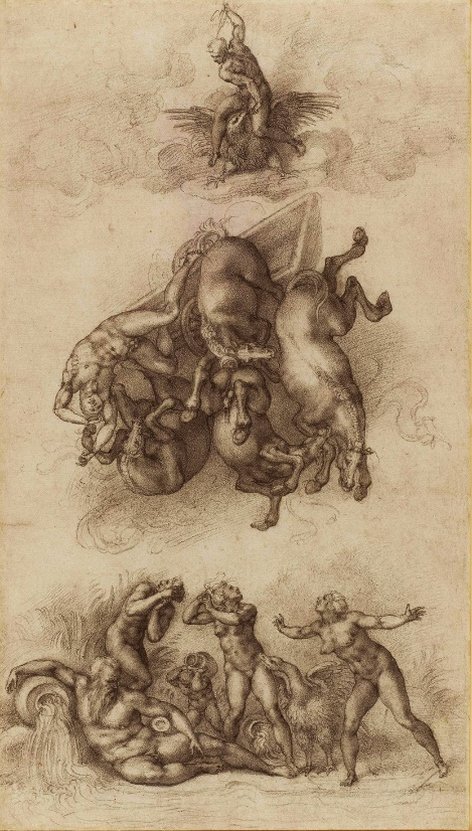
I will now write to you about Ganymede.
Mythology tells us, first:
“Ganymede is a young hero belonging to the royal lineage of Troy…
Ganymede was young, barely a teenager, and was guarding the herds of his father in the mountains surrounding the city of Troy when he was kidnapped by Zeus and taken to Olympus. His beauty – Ganymede happened to be “the most beautiful of mortals”– had inflamed the most powerful of Gods with love. In Olympus he served as a cupbearer; he poured nectar into the cup of Zeus and replaced Hebe, the divinity of youth, in this function.
Traditions differ on the details of the abduction: sometimes it is Zeus himself who steals the child, sometimes he entrusts this mission to his favorite bird, the eagle, which, grasping the adolescent in its claws, takes him through the air. It was also said that Zeus had taken on the figure of an eagle, just as he had taken on that of many animals and various beings in order to satisfy his love passions.
In return for the abduction, Zeus gave the child's father some divine horses or a gold vine by Hephaestus –the God of fire and forging, as well as that of blacksmiths, craftsmen, sculptors, metals and metallurgy–.
In Greek mythology, Ganymede was a divine hero originating from the Troad. Being a beautiful Trojan prince, he was kidnapped by the God Zeus, who made him his lover and cupbearer of the Gods.”
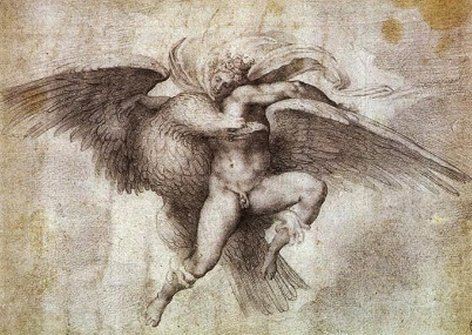
This story is precisely contrary to the previous two. Here we are told that a young Trojan hero –a raised Master– came to possess such an animic beauty that it caused Zeus –an allusion to the BEING– to decide to kidnap him and take him to Olympus. Certainly, when a Master has made a beautiful Philosopher's Stone, the Father who is in secret may come to consider that, in order not to allow him to lose his Sacred Stone, he takes him to his dwelling: the AIN SOPH of the Kabbalah, and when the Being considers it appropriate he will introduce him into more occult places.
The eagle that kidnaps Ganymede symbolizes Zeus himself, that is, the BEING that we all carry in our profundities.
It is good to note in these lines that the divine horses that Zeus gave to the father of the young adolescent, symbolize animic and material forces with which he wanted to compensate his physical progenitor.
Unquestionably, as always, the cheap intellectualism of these times says that Zeus made Ganymede his cupbearer and lover, all of which is an irreverence for the divine, for the BEING will never be a homosexual.
Since the BEING knows how to compensate humanity when He decides to take from it a Bodhisattva, then He always tries to fill the void left in the crowds by a hero like Ganymede. Such is the reason why Zeus gives the physical father of Ganymede a crown forged by none other than Hephaestus. This indicates to us the perfect balance that our BEING possesses, which allows him to carry out his desiderata.
I add, finally, some famous phrases:
“A victory is worth two when the one who triumphs returns with all his people.”
Shakespeare
“The shadow of the laurel inebriates or numbs.”
Pythagoras
“It was always a laudable thing to win, whether it came by fortune or by ingenuity.”
Ariosto
“To win without danger is to triumph without glory.”
Seneca
“Sadness is the temperance of the pains of the soul.”
Chateaubriand
DONA NOBIS PACEM.
─‘Give us peace’─.
KWEN KHAN KHU


